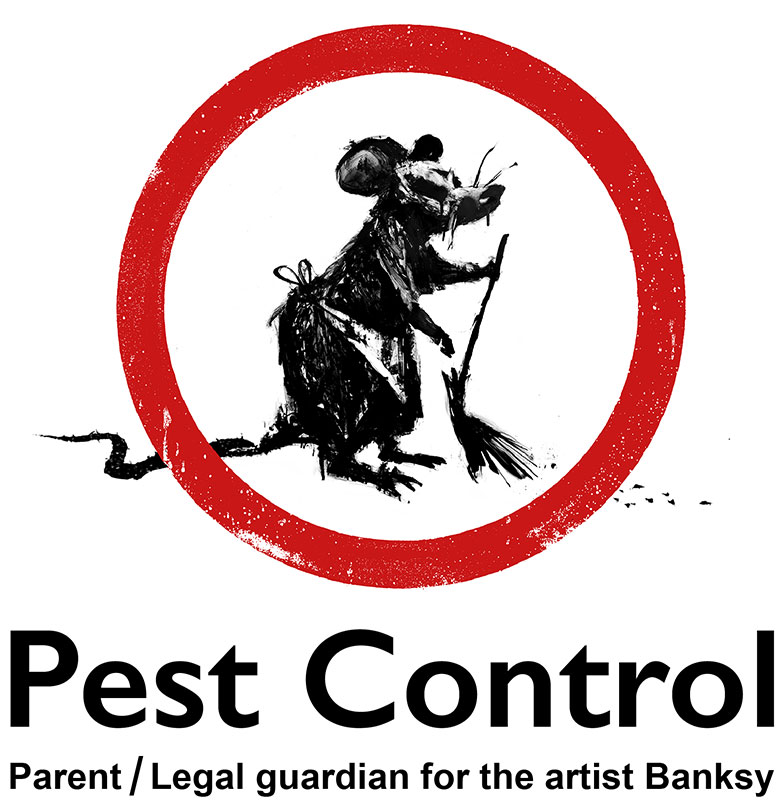Bed Pest Therapy Malfunction: Comparing Chemical Vs. Non-Chemical Solutions
In the world of pest control, particularly when managing the consistent issue of bed pests, the selection in between chemical and non-chemical treatment remedies can be a critical one. Both approaches offer distinctive benefits and drawbacks, affecting elements such as effectiveness, safety considerations, and general expense. By checking out the nuanced information of each method, a more clear understanding of which course to pursue in resolving a bed insect problem can be acquired.
Effectiveness of Chemical Therapies
Chemical treatments for bed bug invasions have actually been widely recognized for their potent and fast effectiveness in eliminating these pests. When thinking about the performance of chemical therapies, it is essential to understand that they can give a fast and detailed remedy to a bed bug trouble. Specialist pest control specialists frequently count on pesticides to target bed bugs at various phases of their life cycle, consisting of fairies, adults, and eggs. These chemicals usually function by interrupting the bed insects' nervous system, resulting in paralysis and eventual fatality.
Furthermore, chemical therapies have the advantage of supplying recurring results, implying that they can proceed to eliminate bed bugs also after the preliminary application. This recurring action is specifically useful in combating any prospective re-infestations. Additionally, the rapid activity of chemical treatments can bring relief to people encountering severe bed bug invasions, allowing them to restore control of their space quickly.
Safety And Security Worry About Chemical Solutions
One important element that calls for careful factor to consider when using chemical options for bed pest therapy is ensuring the safety and security of occupants and the setting. While chemical treatments can be efficient in getting rid of bed insects, they might posture threats otherwise dealt with correctly. Among the primary safety and security interest in chemical options is the possible injury they can trigger to human health. Exposure to specific chemicals used in bed pest treatments can result in respiratory concerns, skin irritability, or other adverse reactions, especially in individuals with pre-existing problems or sensitivities. Furthermore, improper application or dose of chemical pesticides can lead to harmful deposits remaining in the treated area, presenting long-term wellness dangers to occupants.
Furthermore, the environmental impact of chemical remedies is an additional significant consideration. Some pesticides made use of in bed insect treatments might be dangerous to useful insects, wildlife, and ecosystems if they leach right into the soil or water systems. It is necessary to use chemical therapies judiciously, complying with safety standards, and considering much less poisonous choices to mitigate these risks and make certain the effective and safe management of bed bug infestations.
Advantages of Non-Chemical Techniques
Thinking about the potential safety and security problems and environmental impact connected with chemical options for bed pest therapy, discovering non-chemical approaches offers a promising option with several distinctive benefits. Non-chemical approaches use a safer choice for families, particularly those with animals, individuals, or kids conscious extreme chemicals. These approaches remove the threats A1 bed bug treatment in charlotte of exposure to harmful materials, decreasing the possibility for adverse health and wellness impacts. In addition, non-chemical therapies are eco-friendly, as they do not add to air or water contamination, making them a lasting choice for bug control.
Furthermore, non-chemical solutions can be efficient in targeting bed bugs, including hard-to-reach locations where chemical therapies might not permeate - A1 bed bug exterminator charlotte. Techniques such as heat treatment, vacuuming, vapor cleansing, and cushion encasements provide comprehensive eradication without the use of damaging chemicals.
Limitations of Non-Chemical Treatments

In addition, non-chemical treatments usually call for multiple applications to attain effective obliteration. This can be taxing and might not constantly ensure complete removal of all bed bugs and their eggs, particularly in concealed or hard-to-reach areas.
In addition, the success of non-chemical treatments heavily relies upon appropriate application and thoroughness, which can be challenging for individuals without professional proficiency. Insufficient application of non-chemical techniques may result in incomplete obliteration, bring about relentless infestations and the demand for added therapies.
Consequently, while non-chemical treatments have their benefits, it is important to recognize these constraints and consider them when figuring out the most reliable strategy for managing bed bug infestations.
Cost Comparison: Chemical Vs. Non-Chemical Options
Offered the limitations connected with non-chemical treatments, a crucial aspect to review in the context of bed pest management is the price contrast between chemical and non-chemical choices. In comparison, non-chemical therapies like warmth treatment or heavy steam can be much more expensive, with costs varying from $1,000 to $6,000 for a whole home. While the first cost of chemical treatments might appear reduced, multiple treatments might be required to fully remove the infestation, possibly increasing the overall price.
Verdict

Taking into consideration the possible safety issues and environmental influence associated with chemical options for bed pest therapy, discovering non-chemical approaches offers an appealing option with a number of unique advantages.Provided the limitations linked with non-chemical treatments, a necessary aspect to examine in the context of bed insect administration is the cost contrast between chemical and non-chemical alternatives. In contrast, non-chemical treatments like warm treatment or vapor can be much more expensive, with expenses ranging from $1,000 to $6,000 for an entire home. While the initial expense of chemical treatments might appear reduced, several therapies might be needed to fully get rid of the invasion, potentially boosting the overall cost.In final thought, when contrasting chemical and non-chemical bed insect therapy options, it is crucial to think about performance, safety, advantages, limitations, and price.